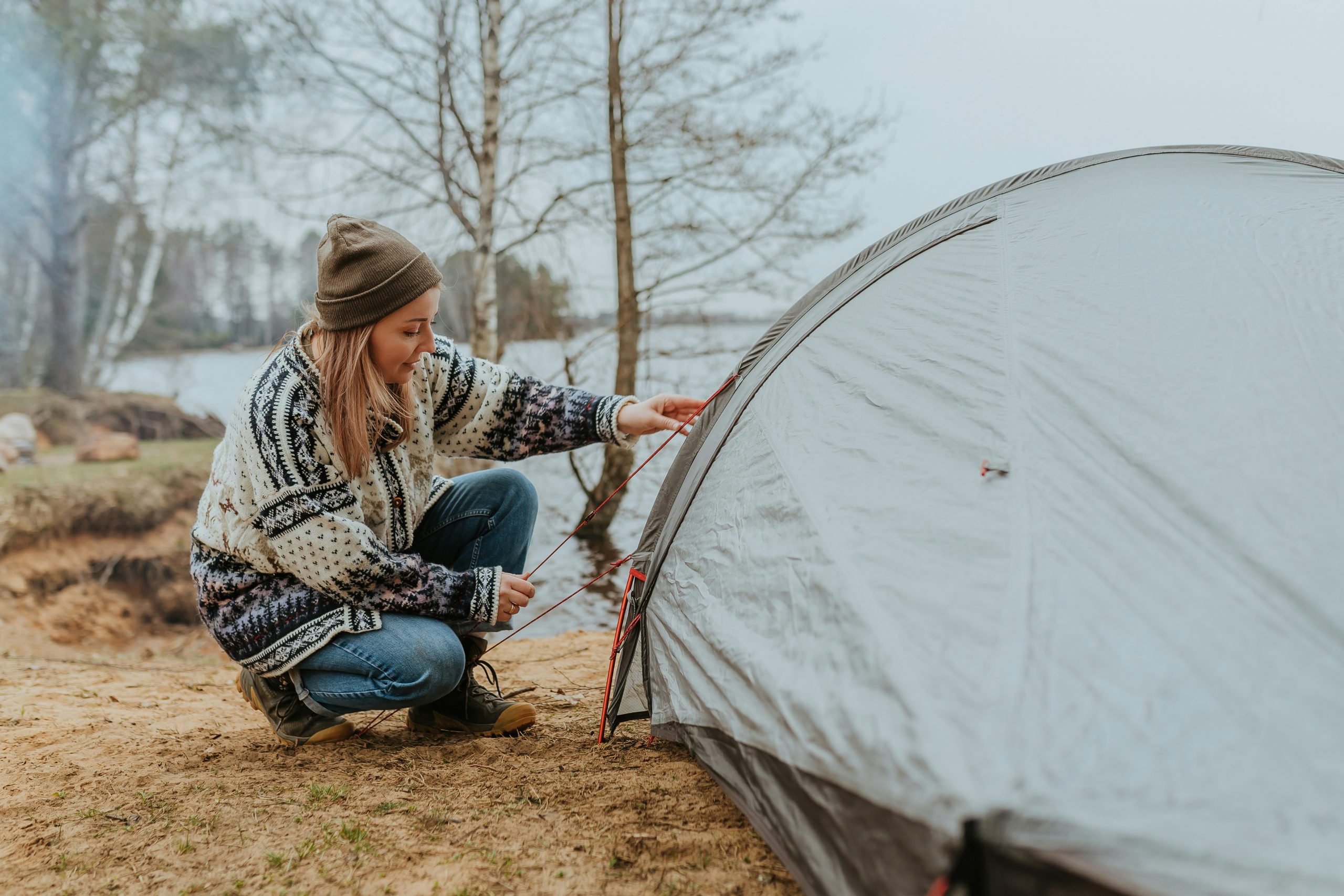
Embarking on a camping trip can be an exciting and enriching experience, particularly for beginners looking to explore the great outdoors. Selecting a suitable campsite is crucial to ensuring a memorable and comfortable adventure. This guide will delve into various aspects of choosing the perfect campsite, tailored specifically for those new to camping.
Understanding Different Types of Campsites
Before diving into the specifics of selecting a campsite, it’s essential to understand the different types available. Generally, campsites can be categorized into three main types: public campgrounds, private campgrounds, and backcountry sites. Government entities often manage public campgrounds, and can range from primary sites with limited amenities to more developed areas with various facilities. Individuals or companies own private campgrounds and usually offer more in terms of services and amenities, albeit at a higher cost. Backcountry sites, on the other hand, are for those seeking a more rugged experience, as these locations are remote and require campers to carry in all their necessities.
Location: The First Step to Campsite Selection
The location of the campsite is your first significant consideration. Think about the distance from your home, the surrounding environment, and what you want to get out of your camping trip. If you’re looking for a peaceful retreat, a campsite by a lake or in a dense forest might be ideal. For those interested in activities like hiking or fishing, a site near trails or bodies of water would be more suitable. Additionally, consider the campsite’s proximity to nearby towns or services, which could be crucial if you need supplies or want to explore local attractions.
Evaluating the Terrain and Accessibility
When choosing your campsite, consider the terrain. Look for a flat area to pitch your tent, as uneven or sloped ground can be uncomfortable and may affect your sleep. Accessibility is another critical factor. If you’re a beginner, you might prefer a campsite that you can reach by car. This makes it easier to transport gear and provides a quick escape route in case of emergencies. On the other hand, more adventurous campers might opt for a more secluded spot that requires a hike, offering a greater sense of privacy and immersion in nature.
Sunlight and Shade: Balancing the Elements
The amount of sunlight and shade your campsite receives is crucial for comfort. A site with a good balance of both can make your stay more pleasant. Campsites that receive morning sunlight can warm up early, making them ideal in cooler climates. Conversely, in hot weather, a shaded site, especially in the afternoon, can provide a much-needed escape from the heat. Observe the movement of the sun and the positioning of trees to select a spot that will meet your needs based on the season and local weather conditions.
Privacy and Space
Privacy is a significant factor, especially in popular camping areas. If you’re looking for a quiet experience, try to choose a site that is not too close to others. More space can also enhance your comfort, giving you room to set up your camp without feeling cramped. Consider the layout of neighboring sites, natural barriers like bushes or trees, and the general design of the campground. Some campgrounds offer maps that show the layout of each site, which can be a great tool to help you choose.
Safety and Wildlife Considerations
Safety should always be a priority when selecting a campsite. Check for potential hazards like overhanging branches, insect nests, or uneven terrain. If you are camping in an area known for wildlife, take precautions to keep food stored securely and minimize attractants. Educate yourself about the local wildlife and any specific measures you should take to stay safe, such as bear-proof containers or avoiding areas that are known to be habitats for dangerous animals.
Water Sources and Camp Hygiene
Access to water is another critical aspect of choosing a campsite, especially in remote areas. If you are not carrying your water, ensure that there is a clean, reliable water source nearby. However, remember to treat any water from lakes or streams before drinking it to avoid waterborne illnesses. Also, consider how you will manage waste and hygiene at the campsite. Some campsites offer facilities like showers and toilets, while others do not, so you may need to prepare for a more rustic experience.
The Impact of Weather and Seasonal Changes
Weather can dramatically affect your camping experience. Check the forecast and be prepared for changes in weather conditions. If you’re camping in a rainy season, for instance, look for a site that is on higher ground to avoid flooding. In windy conditions, a sheltered spot can provide protection and reduce the impact of cold breezes.
Respecting Nature and Leaving No Trace
Respecting the natural environment and practicing leave-no-trace principles is essential for campers. This means packing out everything they bring in, being cautious with fire, and using biodegradable products whenever possible. By following these guidelines, campers help preserve the area’s natural beauty for future campers.
Selecting the right campsite involves a blend of practical considerations and personal preferences. By considering your needs, safety, and the natural environment, you can ensure a comfortable and enjoyable outing. Remember, every camping trip is a learning experience, and each trip will help you refine your preferences and improve your skills in choosing the perfect campsite.